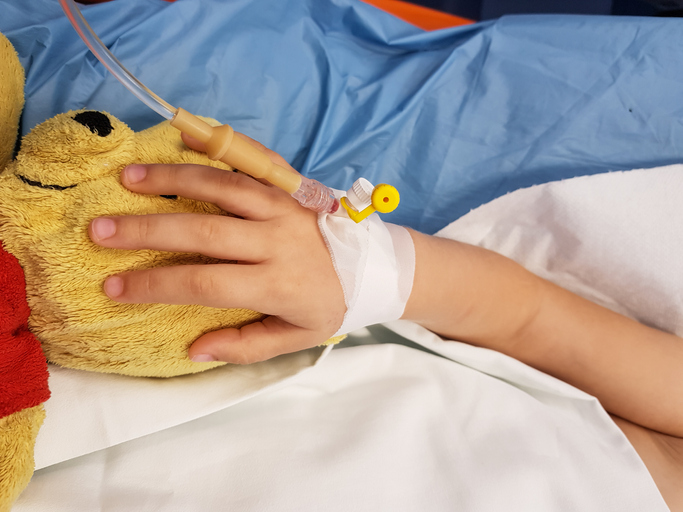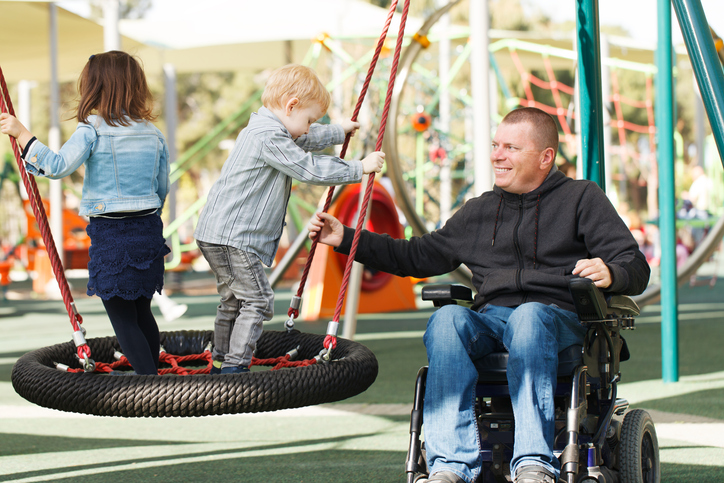Living with Chronic Pain
How to Support a Child Before, During, and After a Medical Procedure

Children are often scared and anxious when they must undergo medical procedures. This is especially true if the procedure is new to them. Facing the unknown is a daunting experience for children. They are unable to arm themselves with information or regulate their emotions as well as adults. Some children may even endure medical traumatic stress as a result of negative experiences related to their health. The following tips can help caregivers ensure that children feel safe, cared for, and comfortable before, during, and after medical procedures.
Before a medical procedure
Prior to the medical procedure, have an honest discussion with the child. Talk about the benefits and allow them the opportunity to express their feelings. It is beneficial to develop a plan and to discuss the child’s fear with the health care provider.
- Have an honest discussion. Talk to the child about the specific medical procedure. Discuss what is going to happen, what it might feel like, and what bodily changes can occur, such as dizziness, blurred vision, etc. This can be done using a doll so they can visualize the procedure. Be honest about pain and how long will last. Honesty ensures that a child will trust their caregivers and medical providers.
- Discuss the benefits. Children focus on the short-term pain or discomfort; therefore, they often have difficulty understanding the long-term benefits. Let them know why the procedure is necessary, such as to prevent illness, diagnose an illness or injury, provide treatment, etc.
- Let them express their feelings. Encourage the child to express their emotions and anxieties surrounding the procedure before it actually occurs. Talk to them about their worries, and let them know that their feelings are valid, while also calming their anxieties.
- Develop a plan. If possible, include the child in developing a plan before the procedure. Discuss certain topics, including pain management, distractions, self-soothing techniques, etc. Let them bring their favorite toy or book. They can also choose a video to watch during the procedure when applicable.
- Discuss options with the provider. Have a discussion with the provider about options for the child’s comfort. This could include pain management options, such as medicine or numbing cream, and different types of tests or treatments, including medical glue instead of stitches. A Child Life Specialist may also be utilized, who is an expert available in certain hospitals to work with children and help them feel more confident before a procedure. Some procedures may be able to be avoided altogether. For instance, if a child is willing and able to hydrate on their own, they may be able to avoid an IV for hydration.
During the procedure
There are various ways to ease anxiety and fear during the procedure. This may include the position the child is in, being in the room with them when possible, remaining calm, and using distractions.
- Use comfortable positioning. Make sure that the child is in a comfortable position that is appropriate for the procedure. Younger children can often be held in an adult's lap. Older children may need or want to be sitting or laying down, depending on what is the easiest for them.
- Be present. Unless the child has requested otherwise, or the provider has indicated it is impossible, such as with an MRI, having a caregiver in the room during the procedure can ease anxiety and fear. A caregiver is an advocate for the child and makes sure that their needs are being met. If staying near the child is not possible, try to remain in their sight. If the caregiver and child cannot be in the same room, ask the provider if the child can hold onto a stuffed animal, blanket, or even a handwritten note while the procedure takes place.
- Stay calm. Children will often reflect the mood of their parents or guardians, especially when young. Avoid showing anxiety or indicating that something bad could happen. Research has shown that when parents attempt to reduce their own anxiety, the child tends to be more cooperative.
- Try distractions. Use distractions to take the child’s attention away from the procedure. This can include their favorite toy, a book, a game, a video, music, or even a distracting conversation. This helps ease their anxiety and discomfort.
After the procedure
After the procedure is completed, a child may need physical contact. They may also need something to decrease pain. Staying positive for the child provides reassurance.
- Give physical contact. As soon as possible after the procedure, hug, cuddle or rock the child. This is comforting and reminds them that they are safe. Some children may prefer to have space following a procedure; therefore, it is best to ask for their permission. If the child is unable to have toys or other distractions during the procedure, offer them after the fact.
- Provide pain management. Discuss the child’s pain with them. For younger children, a doll can be used for this purpose. Talk with the provider about appropriate pain management. Be sure to find out what pain management options are best for home. Also get information about the expected pain, how long it could last, and when to be concerned if pain is persistent.
- Demonstrate positive experiences. Knowing that a positive experience is waiting after the procedure can make these experiences easier for children. However, positive experiences, such as ice cream, a small toy, or a movie, should not be used as a reward for “good” behavior during a procedure. It should be something to look forward to regardless. Children are still learning to regulate their emotions, and reactions such as screaming and crying are normal in new and scary situations.
What to avoid
In addition to providing positive support to a child, there are certain things that should be avoided. This includes dishonesty, upsetting phrases, showing anxiety, and surprises.
- Avoid dishonesty. By being dishonest with a child, distrust is formed. This can also result in doubt between the child and health care providers.
- Reframe from phrases that may cause anxiety. Saying “It will be over soon” or “Don’t be scared!” might seem encouraging at the moment, but it can actually indicate to the child that there is something to worry about. Similarly, avoid covering the child’s face.
- Don’t show anxiety. Children often mirror the emotions of their caregivers. Try not to convey panic or worry.
- Don’t surprise them. Some caregivers opt to “surprise” their child with certain medical procedures, thinking that it will prevent them from worrying too much beforehand. This is generally a bad idea. Not only can it cause distrust, but it can also leave the child unprepared and panicked before the procedure.
Additional sources: Caring for Kids: Canadian Pediatric Society and National Child Traumatic Stress Network


















